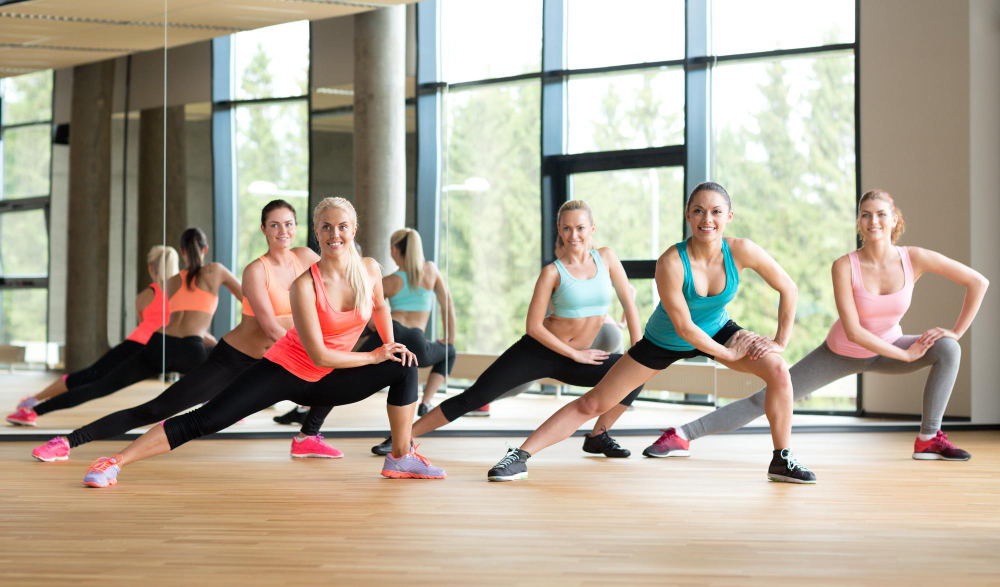Regular Exercise
Lifestyle intervention programs should be intensive and have frequent follow-up to achieve significant reductions in excess body weight and improve clinical indicators.
There is strong and consistent evidence that modest, sustained weight loss can delay the progression from prediabetes to type 2 diabetes.1

American Diabetes Association (ADA) Recommendations 1
a. Adults with type 1 and type 2 diabetes should engage in 150 minutes or more of moderate-to vigorous intensity aerobic activity per week, with no more than 2 consecutive days without activity.
b. Prolonged sitting should be interrupted every 30 min.
c. Flexibility training and balance training are recommended 2–3 times/week for older adults with
diabetes.
d. Yoga may be included based on individual preferences to increase flexibility, muscular strength, and balance.
e. If doing aerobic activity, activity bouts should ideally last at least 10 min, with the goal of atleast 30 min/day or more on most days of the week for adults with type 2 diabetes
Few considerations/ precautions regarding exercise in people with diabetes:
a. Hydration: Drink plenty of fluids while being physically active to prevent dehydration (harmful loss of water in the body).
b. Glucose: Carry at least 15 grams of a fast-acting carbohydrate in case of low blood sugar. It might be a half-cup of fruit juice or glucose tablets.
c. Shoes: When you’re physically active, wear cotton socks and athletic shoes that fit well and are comfortable.
d. Feet: Check your feet before and after exercise for blisters or sores.
If present, get treatment right away.
e. Blood sugar levels: Check your blood sugar level before and after exercise to make sure it’s in your target range. If feeling shaky, anxious, or more sweaty than usual, or feel a change in your heartbeat, stop exercising right away and check your blood sugar. If it is low, follow your doctor’s advice Diet about how to treat it.
f. Stretching exercises: Warm up your body for 5 to 10 minutes at the start of your workout. For instance, walk or bike slowly. Do 5 to 10 minutes of cool-down and gentle stretching at the end.
g. Weight lifting exercises: Do weight lifting exercises safely as it can hurt blood vessels if suffering from vision damage or kidney problems.
Consult your doctor regarding it. 2,3
References –
1. Standards of medical care – Diabetes 2024

Have Medical Queries?
Kindly drop your questions here –
wockmed@wockhardt.com